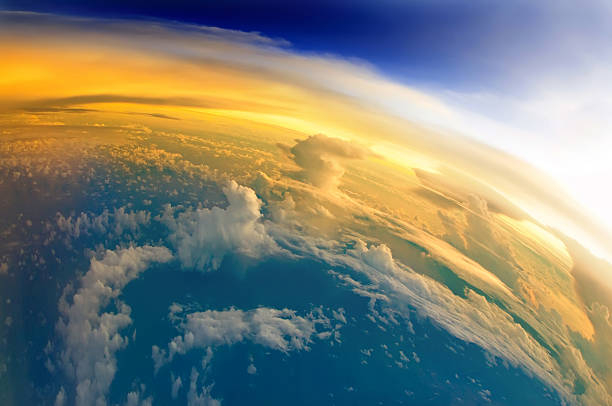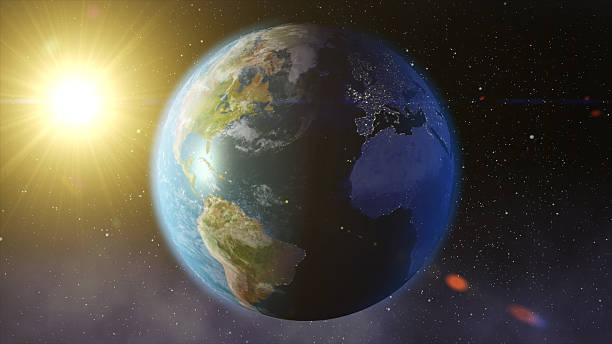Where on Earth does the Sun shine the most?
The World Meteorological Association defines a precise metric for measuring daily and yearly average sunshine. When the direct solar irradiation exceeds a certain threshold of at least 120 watts per square meter, "sunshine hours" are monitored and counted toward the total. This is distinct from the visible sunlight seen at sunrise and sunset, which does not exceed this minimal level. Even in regions with abundance of apparent sunlight, cloudy weather, shadows, fog, and topographical characteristics can restrict daylight hours.
There is at least one day every year when the Sun does not rise and one day when it does not set in the Arctic and Antarctic circles. This is due to their proximity to the Earth's poles. On the summer solstice (June 21 in the north and December 21 in the south), the Sun does not set and does not rise (December 21 for the north and June 21 for the south). As a result, the Arctic and Antarctica are known as the "lands of midnight Sun" in the summer and the "lands of midday darkness" in the winter.














